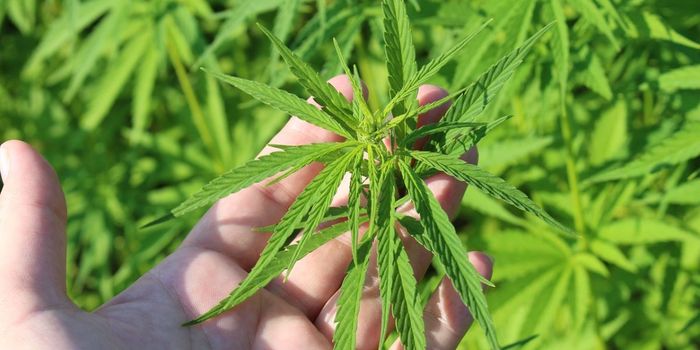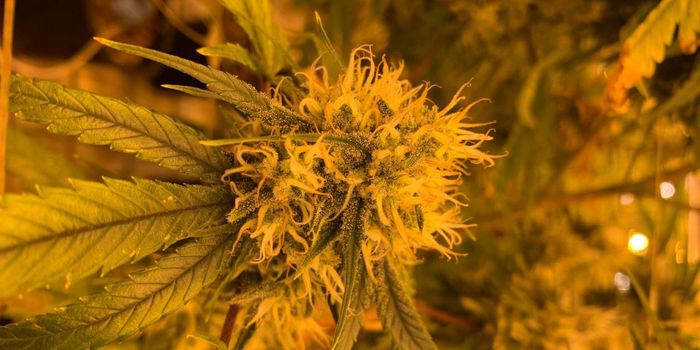Study of Regulations and Risks Associated with Growing Recreational and Medical Cannabis Market
A study published in Environmental Health Perspectives advises state and federal regulators to assess the health and safety of the medical and recreational cannabis markets. This is the first study to analyze the current landscape of state-level contaminant regulations. It also aimed to identify cannabis contaminants in samples and any patient populations especially susceptible to contaminants.
The study found that 36 states and the District of Columbia have listed a total of 679 cannabis contaminants as of May 2022. These supposedly regulated contaminants in medical or recreational cannabis included pesticides (551, which included 174 insecticide, 160 herbicide and 123 fungicides subcategories), solvents (74), microbes (21), inorganic compounds (12), mycotoxins (5) and 16 contaminants described as “other”.
The surprising finding was that many of the many pesticides in the report were not commonly associated with traditional cannabis cultivation and processing. These pesticides included chlorpropham (a plant hormone that stops potatoes from sprouting), oxytetracycline (an antibiotic), and norflurazon (an aquatic herbicide for Hydrilla control).
The study highlights a critical need for standardizing regulatory and contaminant testing practices that would help states develop effective cannabis health and safety policies. Lead author Dr. Max Lueng explained how this study emphasizes the need to update consumer safety guidelines. Lueng states, “What was also alarming to us is that the U.S. EPA tolerance document and individual jurisdictions also listed a total of 42 legacy pesticides that were no longer registered for any agricultural use in the U.S., such as dichlorodiphenyltrichloroethane (DDT), chlordane, lindane and parathion.” Improved testing practices will reduce contaminant levels and enhance cannabis product quality.
Leung recommends further investigation of safety considerations in susceptible patient populations. Although federal prohibition limits medical cannabis research, this study provides a solid basis for further investigation of contaminant levels and patient effectiveness.
Sources: Environmental Health Perspectives, Eureka News Alert








